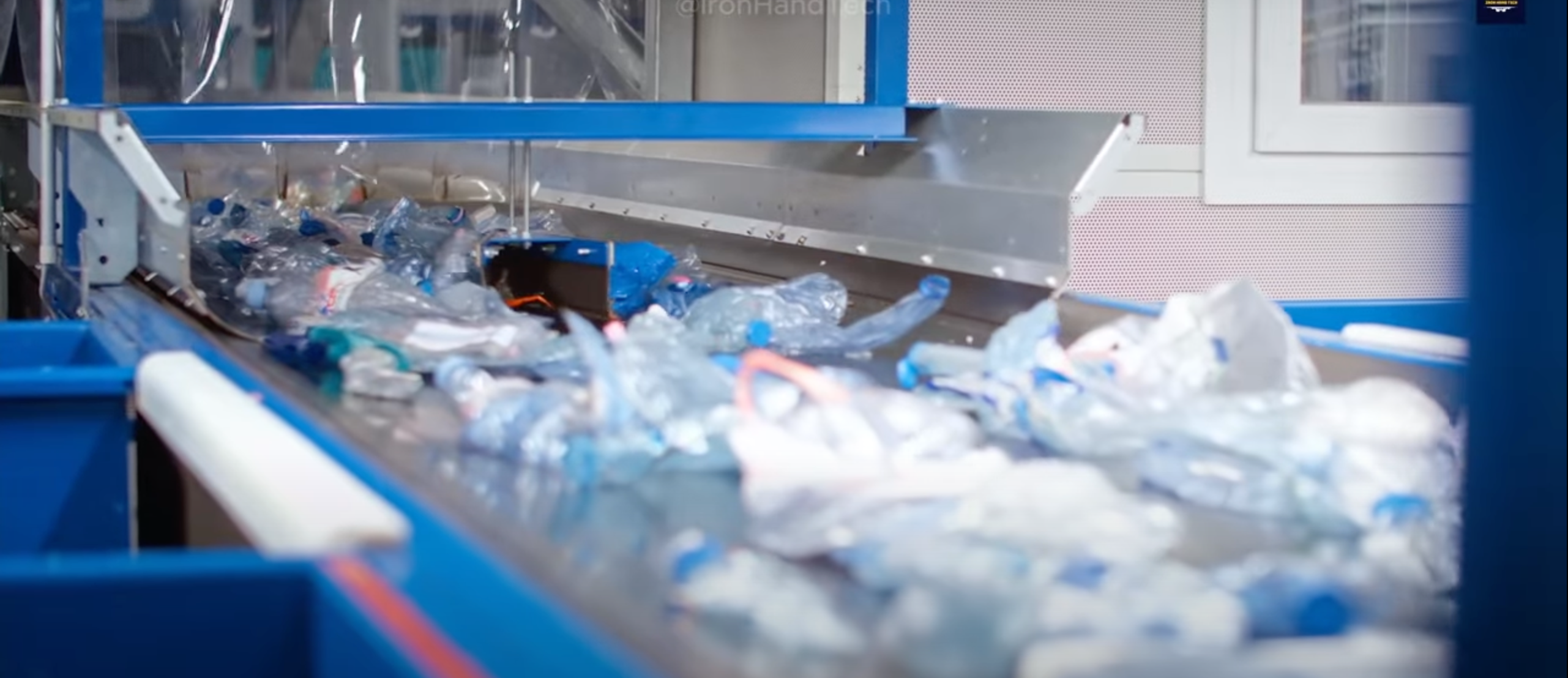Recycled Polyester vs. Standard Polyester: Is it Really Better?
Recycled polyester (rPET) is made from post-consumer plastic waste, like used bottles, and it’s gaining popularity as a more sustainable alternative to standard polyester, which is made from petroleum-based resources. But is it really better for the environment? Let’s break it down.
Production: A Clear Winner for rPET
One of the biggest environmental impacts of polyester is its production, which uses a lot of energy and resources. rPET offers a clear advantage here. By reusing existing plastic waste instead of drilling for oil, rPET cuts down on both energy consumption and fossil fuel usage. Studies show rPET can use up to 59% less energy than virgin polyester. This makes it a better option for reducing the need for new raw materials and lowering carbon emissions.
Youtube, IRON HAND TECH
Carbon Footprint: rPET Reduces Emissions
When we talk about carbon emissions, rPET is a major player. Producing recycled polyester can result in 50% lower CO2 emissions compared to its virgin counterpart. The process skips the energy-intensive step of refining petroleum, leading to significant reductions in environmental impact.
Durability: Just as Strong
In terms of performance, rPET is just as durable as standard polyester. The fibers are nearly identical, so you can expect the same level of strength and longevity from rPET fabrics. This means jackets and sweatshirts made from rPET will hold up just as well as those made with virgin polyester.
Youtube, IRON HAND TECH
End-of-Life: The Challenge Remains
Where rPET still has room for improvement is at the end of its life. Like standard polyester, it’s not biodegradable and can persist in landfills for hundreds of years. While recycling rates are slowly improving, most of the polyester produced today – even if it’s recycled – still ends up as waste at the end of its life.
Conclusion: A Step in the Right Direction
In summary, rPET is a more sustainable option than standard polyester, particularly in terms of production and carbon emissions. However, both still face challenges when it comes to end-of-life recycling. As we look ahead, we’ll need to find better solutions for recycling these fabrics and reducing their environmental impact.
But what about microplastics? Can we truly consider polyester, even recycled, to be a sustainable choice if it continues to shed microplastics in the washing machine? That’s a question we’ll dive into in a future blog post.









